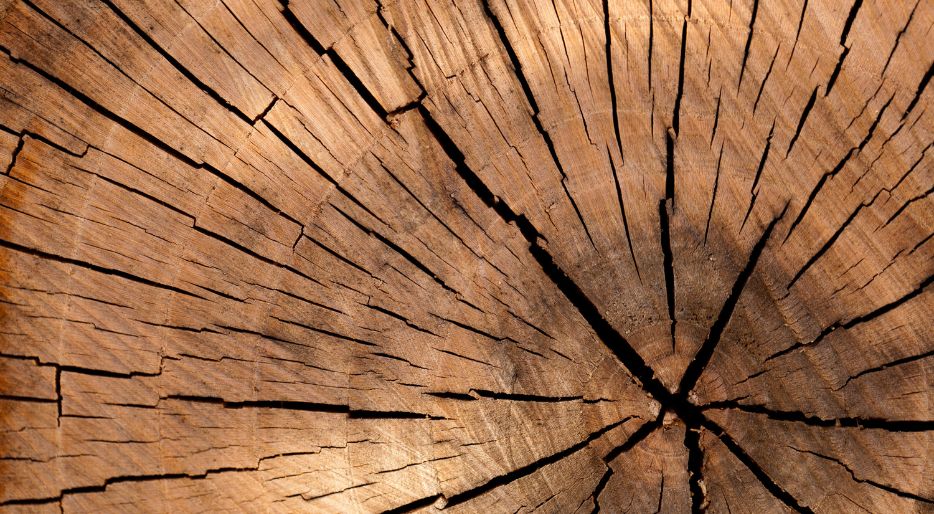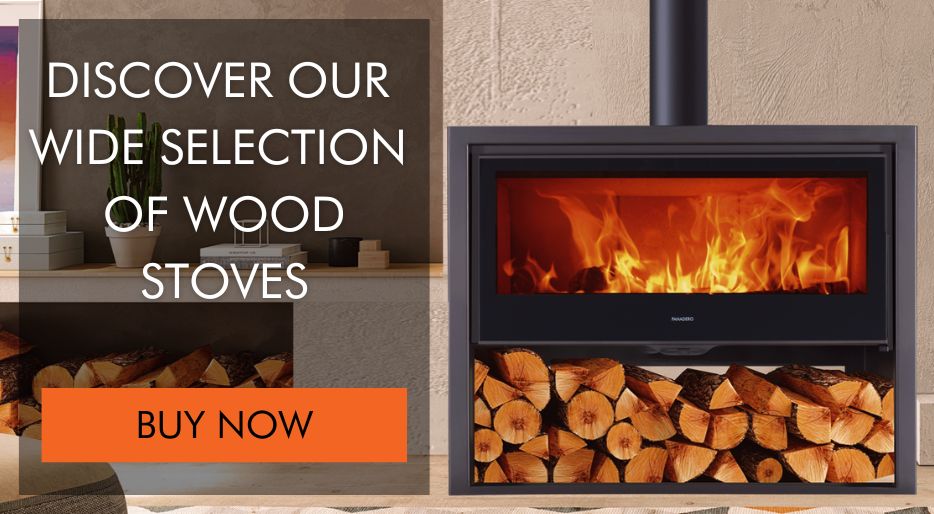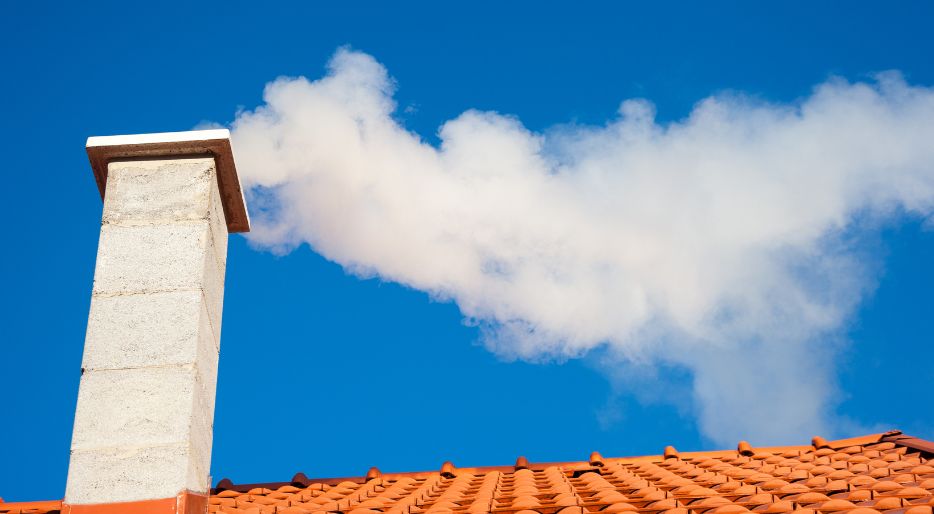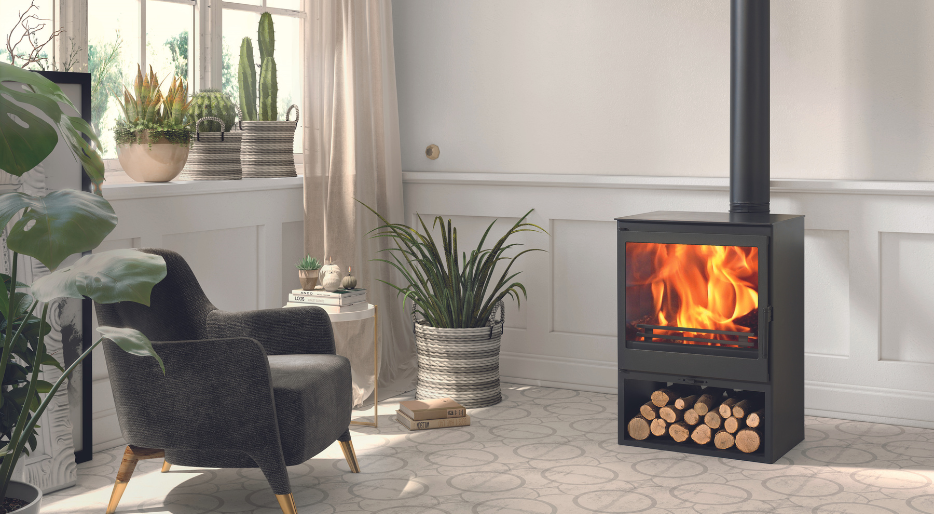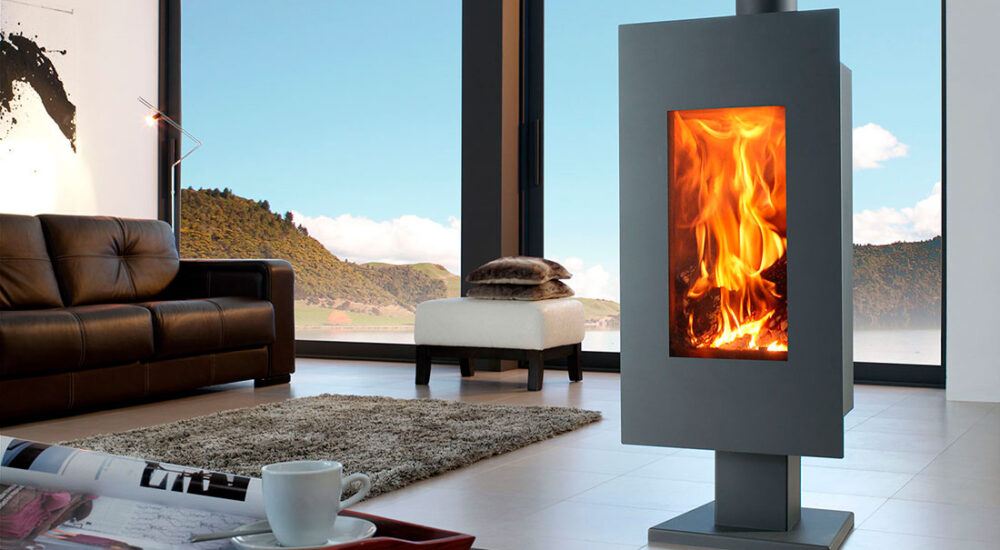Did you know that choosing the right wood can make all the difference in the performance of your stove? Well, yes! That’s because not all woods are the same and some can be harder to light and keep lit than others.
In today’s post, we’ll focus on which is the hardest wood to light a wood stove. We’ll also explain how the hardness of the wood influences its ability to generate heat and maintain combustion. In addition, we’ll offer tips for choosing the right wood for your stove and introduce you to the hardest wood species…Read on!
What does it mean for a wood to be hard?
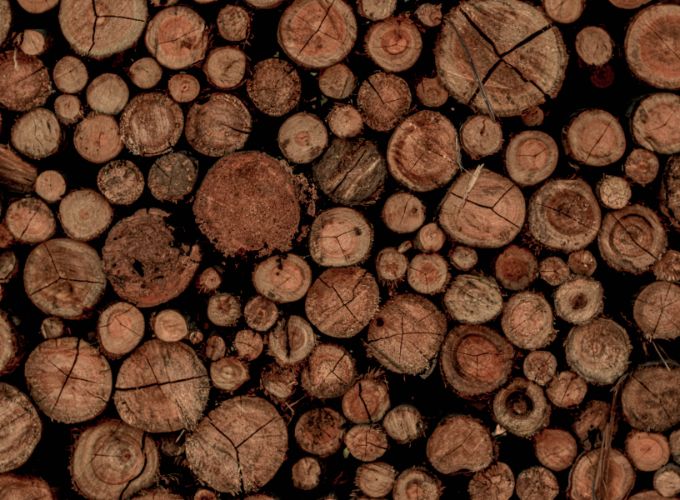
The hardness of wood refers to its resistance to penetration or indentation. That is, it is the ability of wood to resist deformation, abrasion and penetration of hard objects into its surface.
The hardness of wood can vary from one species to another, which influences its usefulness for different purposes, such as furniture construction or tool making.
In general, hardwoods have a denser and stronger cell structure than softwoods, which gives them greater strength. However, the hardness of wood does not always correlate with its density, as there are softwoods with a compact cell structure that can be relatively hard.
To measure the hardness of wood, an instrument called a durometer is used, which measures the depth of the imprint left by a hard object pressed on the surface of the wood. The smaller the depth of the imprint, the greater the hardness of the wood. There are different hardness measurement scales, such as the Janka scale or the Brinell scale.
How does a hardness tester work?
There are different types of hardness testers, but they all share the same basic idea of measuring the resistance to deformation of wood by applying a known load. The result of the measurement is displayed on a scale, which can be expressed in units such as Rockwell hardness or Brinell hardness.
The hardness tester is an important tool in the woodworking industry and is used to measure the hardness of raw wood as well as the hardness of processed wood. Hardness measurement is important in determining the quality and serviceability of wood, as hardness can influence the workability of wood, its durability, and its resistance to warping and wear.
To measure the hardness of wood, its surface must be cleaned and sanded to remove any irregularities and placed on the base of the hardness tester. The durometer load is then adjusted and the indenter or tip is positioned on the surface of the wood.
Once the indenter or tip is in position, a load is applied to the wood sample, usually by means of a spring. The load is held for a set amount of time, allowing indentation to occur. The load is then removed and the depth of indentation on the surface of the wood is measured. The result of the measurement is displayed on a scale expressed in hardness units.
What are the 5 hardest woods in the world?
There are many species of wood all over the world, and the hardness of wood can vary from one region to another. According to the Janka scale, which measures the resistance of wood to penetration, the hardest woods in the world are:
- Lignum vitae (Guaiacum officinale): a tropical wood native to Central and South America. It has an extreme hardness, with a Janka score of 4,500 lb-force (20,034 N), making it the hardest wood in the world. This type of wood is used in shipbuilding (rudder parts, bearings, bearings), machine building applications (blades for cutting meat, paper and other materials), musical instruments such as flutes and clarinets and, finally, widely used in medicines as a natural remedy for a variety of diseases, including arthritis and syphilis.
- Ebony (Diospyros spp.): is a dense, dark wood found in various parts of the world, including Africa, Asia and South America. It has a Janka rating of 3,000-3,500 lb-force (13,344-15,561 N). This wood is used in the manufacture of musical instruments (electric guitars, violins and pianos), furniture and handicrafts, construction of precision tools and objects, and in shipbuilding for structural parts such as keels and deck planks.
- Ipe (Tabebuia spp.): is a South American wood commonly used in the construction of outdoor decks and walkways due to its strength and durability. It has a Janka rating of 3,510 lb-force (15,625 N). This wood is widely used in decking, decking, fencing and in the construction of piers and bridges. It is also used in carpentry for the manufacture of windows, doors, frames and moldings.
- Rosewood (Dalbergia spp.): is a tropical wood used in the manufacture of musical instruments and high quality furniture. It has a Janka rating of 2,800-3,000 lb-ft-strength (12,458-13,344 N). Some uses of this wood include: furniture making, carpentry, construction (flooring, roofing, windows, siding, doors, etc) and the manufacture of art objects (sculptures, carvings and decorative pieces).
- Bocote (Cordia spp.): is a Mexican wood with a distinctive grain and a golden brown color. It is used to make musical instruments and other art objects. It has a Janka score of 2,260 lb-force (10,054 N). This wood is used for the manufacture of musical instruments such as guitars, basses, ukuleles and drums; it is also used in the manufacture of luxury items such as knife handles or watch cases; other uses are in carpentry, construction and furniture making.
How does the hardness of the wood influence the ignition of the stove?
The hardness of the wood can influence the ignition and performance of the appliance in several ways. First, harder wood tends to be denser, which means it contains less water and burns more efficiently. Softer woods, on the other hand, may contain more water and be more prone to generate smoke and creosote, which can clog chimneys and decrease stove performance.
In addition, the hardness of the wood can also affect ease of ignition. Harder woods may require more time and effort to ignite due to their higher density and lower water content. However, once hardwoods are lit, they can burn longer and generate more heat than softer woods.
Two other points to keep in mind when choosing the right wood for your appliance is that the quality of the wood and the drying time are critical to the performance of your stove.
What is the best wood to light your stove? Find more information by clicking here.
What is the best season to buy hardwood?
The best season to buy hardwood depends on several factors. In general, it is best to buy hardwood when it is completely dry, as wet firewood can be more difficult to light and produce less heat.
The ideal season to buy hardwood is in the spring or summer, as most firewood suppliers have more availability of dry, high-quality wood in these months. Also, by buying firewood in the off-season, you can find better prices and have more supply options.
It is also important to keep in mind that hardwood firewood can take up to a year to dry properly, so you may want to consider purchasing your firewood early so that it has enough time to dry before using it in the winter season.
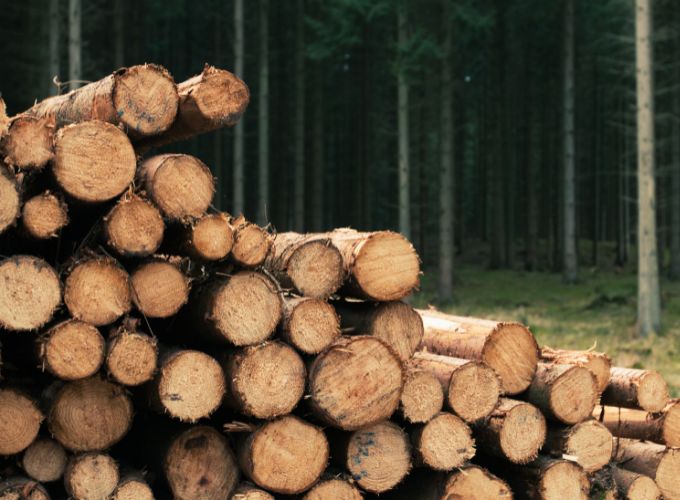
If you have any questions, please feel free to ask us! We hope this post has served as a guide. Take a look at our blog and find solutions and recommendations to help you with your fireplace or wood stove.
Visit our online store for Panadero wood stoves. If you have any questions or need help choosing the right stove, don’t hesitate to contact us. We will be happy to help you.
Articles of interest:
- The importance of fireplaces in the Middle Ages: How did wood-burning stoves revolutionize homes?
- Uses for wood ash
- The symbolism of wood-burning fireplaces in different cultures and epochs
- The most famous chimneys of cinema
- Chimneys and legends: The scarecrow-witch in the chimneys of Aragon, Spain
- Make your home a sustainable space
- Different ideas for decorating the fireplace wall
Did you like this article? If so, help us spread it 😊 . Click on the buttons below here and feel free to share it on your social networks!
Thank you for reading!
↓ ↓ ↓ ↓
